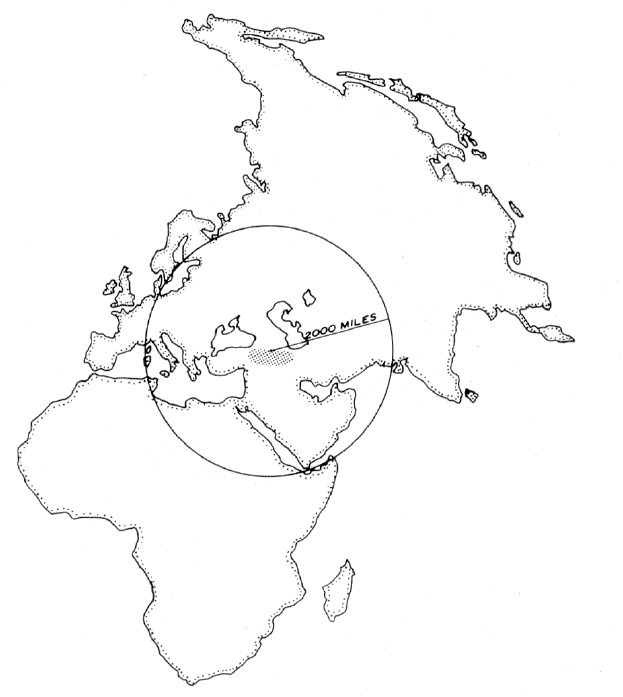The Biblical Flood: A Geographical Perspective -- By: Donald W. Patten
Journal: Bibliotheca Sacra
Volume: BSAC 128:509 (Jan 1971)
Article: The Biblical Flood: A Geographical Perspective
Author: Donald W. Patten
BSac 128:509 (Jan 71) p. 36
The Biblical Flood:
A Geographical Perspective
[Donald W. Patten, Pacific Meridian Publishing Company, Seattle, Washington.]
The biblical Flood may be examined from several philosophical views and from many academic specialties. The three prominent views of the Flood are: (1) that it never existed in reality, but was merely a fanciful Sumerian myth; (2) that it existed but was merely a local or regional matter, caused by excessive rain and prolonged cyclonic storms in the Middle East; and (3) that it was a global catastrophe of planetary magnitude.
Among the many ways to approach a study of the Flood are the following academic specialties: anthropology and zoogeography, astronomy and astrophysics, geography and geomorphology, hydrography and paleoclimatology, orogeny and stratigraphy, and theology and history. This article will study the Flood from just one fairly minor perspective within this totality, namely, the geographical perspective. Geography is a study of locations; thus the principal location that shall be considered is the final resting place of the ark, high in the Ararat Mountains in a region known as Armenia.
Armenia happens to be a rugged, mountainous region. In most mountainous regions, the pattern of mountains is comprised of a series of parallel ranges, with auxiliary ranges making a pattern something like the main stock of a Christmas tree with its auxiliary branches. This is known as a dendritic pattern. However, this is not the primary pattern of the mountains in Armenia.
In Armenia, the pattern of mountains is more like a swirl of ranges, something like the pattern of stirred-around fudge. In physical geography, this is called a knot pattern. The Armenian Knot is a complex of uplifts and a meeting location of several
BSac 128:509 (Jan 71) p. 37
ranges adjoining from Iran and Turkey. It is something like the Klamath Knot in Oregon and the Pamir Knot in West Pakistan, where the Himalayas, Hindu Kush, Karakorums, Kum Luns, and Tien Shans all meet. The Pamir Knot is the “roof of the world,” so to speak. The Armenian Knot region, to a lesser extent, is also a “roof of the world” location. The Bolivian Knot of the Andes series is another “roof of the world” location.

Fig. 1. The location of the ark and Armenia in the Eastern Hemisphere
Figure 1 illustrates, from a hemispheric perspective, the region of Armenia in relationship to the largest continent complex of our planet—the continent complex including Africa, Asia, and Europe. This complex contains nearly 60 percent of all of the land on earth. And i...
Click here to subscribe
